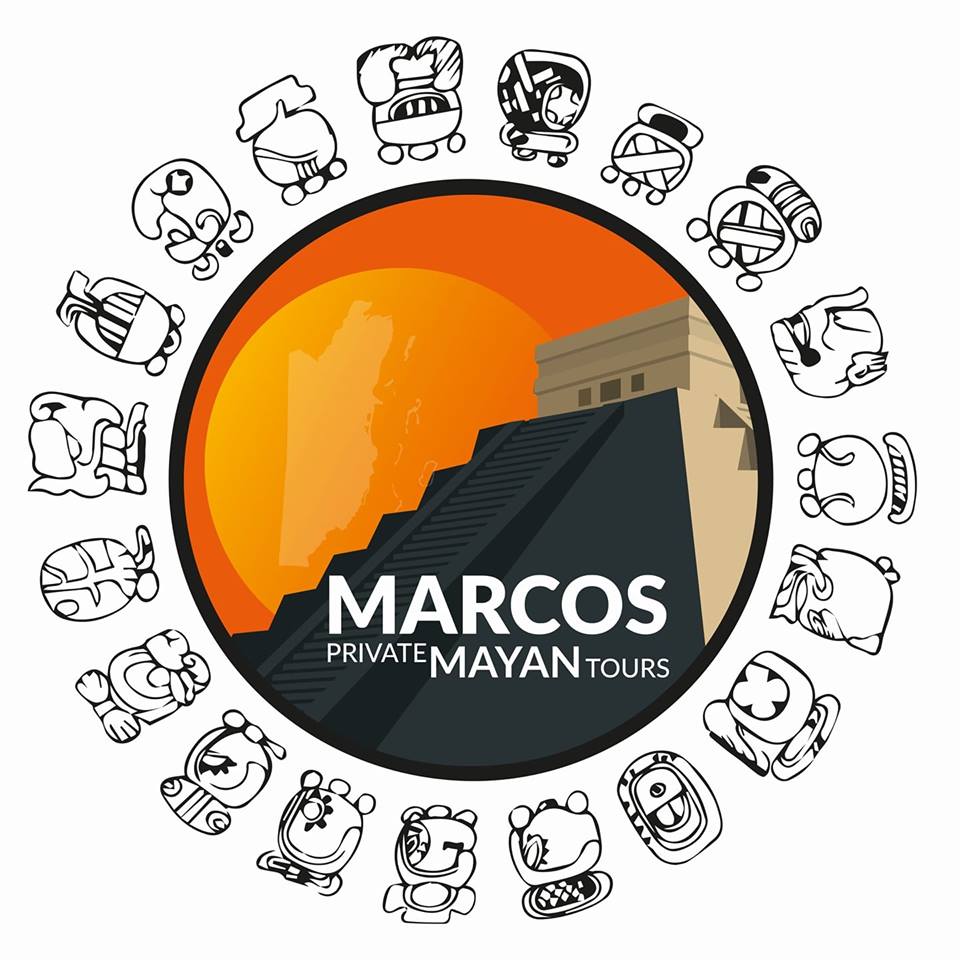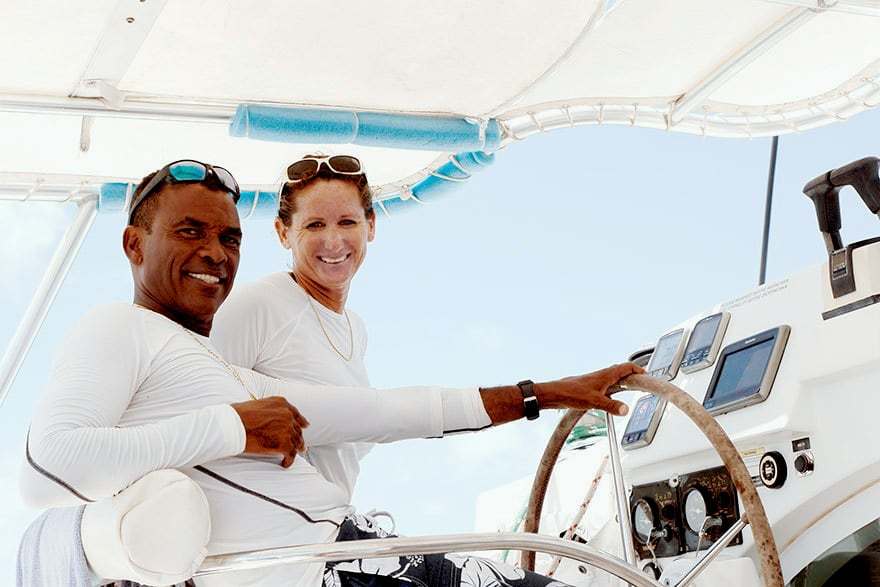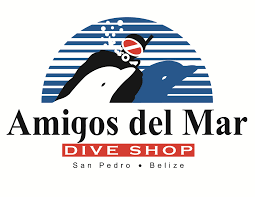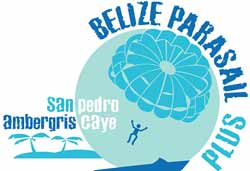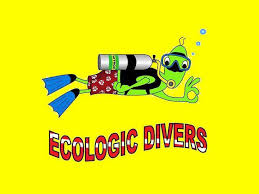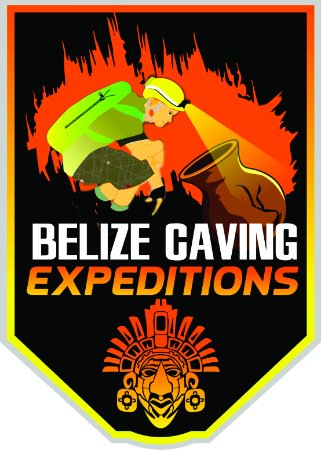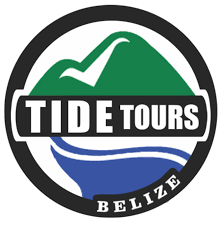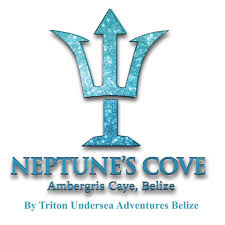|
About Hermit Crabs The hermit crab is a crustacean. This means they have a hard outer shell and belong to the same family as lobsters, shrimp, and crab. They can come in different colors such as red, brown, purple. They can also have patterns, stripes, or dots. There are about 1,000 different species or kinds of hermit crabs in the world. The Caribbean Hermit Crab (Coenobita Clypeatus), is also known as the solider crab, the West Altantic crab, the tree crab, and the purple pincher (due to the distinctive purple claw), is a species of land hermit crab native to the west Atlantic, Bahamas, Belize, Southern Florida, Venezuela, the Virgin Islands, and the West Indies. Hermit crabs can be as small as a half inch long or as big as 16 inches. Hermit crabs have ten jointed legs. They also have two pairs antennae. One pair they use for feeling and the other pair they use for smelling and tasting. Most hermit crabs have long, spirally curved abdomens, which are soft. The vulnerable abdomen is protected from predators by a salvaged empty seashell carried by the hermit crab, into which its whole body can retract. Most hermit crabs will use the shells of sea snails (even hollow pieces of wood and stone) to occupy. The tip of the hermit crab's abdomen is adapted to clasp strongly onto the columella of the snail shell. As the hermit crab grows in size, it has to find a larger shell and abandon the previous one. This is often present vigorous competition among hermit crabs for shells. The interesting thing about a hermit crab's shell, is that it finds its shell from other animals. As they grow and get bigger, hermit crabs find bigger shells to use. They need these shells to protect their soft bodies and for shelter. Hermit crabs spend a lot of time on land, but they have gills like a fish. Their shells help them keep the air around their gills humid so they can breathe out of the water. Hermit crabs tend to be nocturnal.
Physical Description Hermit crab species come in a range of sizes, from a fraction of an inch (a few millimeters) to nearly the size of a coconut. A hermit crab's front half is covered with a hard exoskeleton, like that of most other crabs. Its long abdomen has a softer exoskeleton, which can adapt to fit into a spiraled snail shell. A hermit crab presses its abdomen, its fourth and fifth pairs of legs, and the appendages at the end of its abdomen (called uropods) against the shell's inner wall by contracting its longitudinal muscles. Its large, left uropod hooks to the center post of the shell. It is used for defense, holding onto tree limbs and balance. The smaller, right claw and the next pair of appendages, which also have claws, are used for collecting and passing food and water to the crab's mouth. Rough surfaces help hold the crab in the shell. Hermit crabs have reduced gills, and their moist gill chambers have highly vascularized areas for gas exchange. They have stalked eyes with acute vision, and two pairs of antennae. They use the longer pair for feeling and the shorter, feathery pair for smelling and tasting. They also have sensory hairs that are part of the exoskeleton. They use these hairs and their antennae as vibration sensors. Hermit Crab Molting & Growth Hermit crabs molt as they grow, shedding their exoskeletons and creating new, larger ones to accommodate their larger bodies. Some crabs leave their shell and bury themselves in sand to molt. Some species store water in their shell before molting and remain in the shell throughout the molt, which may take from 45 to 120 days. You can tell that a crab is freshly molted when it has a clean, bluish color. A crab may eat its molted shell, possibly for its calcium, vitamins and minerals. The availability of empty shells at any given place, depends on the relative abundance of gastropods and hermit crabs, matched for size. Hermit crabs that are kept together, may fight or kill a competitor to gain access to the shell they favor. However, if the crabs vary significantly in size, the occurrence of fights over empty shells will decrease or remain non-existent. Several hermit crab species, both terrestrial and marine, use "vacancy" chains” to find new shells: when a new, bigger shell becomes available, hermit crabs gather around it and form a kind of queue from largest to smallest. When the largest crab moves into the new shell, the second biggest crab moves into the newly vacated shell, thereby making its previous shell available to the third crab, and so on. When selecting a new shell, a hermit crab follows a series of steps:
When they find a suitable larger shell, they will crawl into it and this becomes their new home. The shell will provide the Hermit crab with a place to rest or hide if they sense fear from whats around them. Their bodies are quite vulnerable and this is why they rely on that shell to offer them protection. As hermit crabs grow, they must exchange their shell for a larger one. A hermit crab with a shell which is too small can not grow as fast as a hermit crab with a well-fitting shell. Shells that are too small for their abdomens, cannot retract completely and this makes them vulnerable to being eaten by a preditor. Hermit Crab Behavior The Hermit Crab loves to climb and that is something that allows them to explore their environment. If you have one in captivity it should have a cage that it can use for climbing activities. They tend to be in their shells during the day but then come out at night and can be very active. The Hermit Crab isn’t able to bite because they don’t have any teeth. However, they do have the ability to pinch. They will do so if they feel that they are in danger and they aren’t able to coil up in their shell. They will also pinch if they are in their shell and someone is trying to coax them out of it. There have been some species of the Hermit Crab reported to make croaking noises. Experts are still looking into what form of communication that this serves. They feel it could range from alerting about dangers, finding a mate, or a simple way for them to be able to explore their surroundings and get feedback from other living creatures around them. Native Habitat Many different species of land hermit crabs live in tropical areas of the Indo-Pacific region, the western Atlantic and the western Caribbean (which includes Belize). Land hermit crabs live close to the shoreline and must have access to both land and water. They use pools and crevices of sea water to wet their gills and the interiors of their shells, and they reproduce and spend their early stages in water. Other hermit crab species are entirely aquatic. You will find the hermit crab living in a variety of locations. They are highly adaptable but they do need to be where they can find shells. This is why you will mainly find them living around the oceans. Hermit Crabs are often common pets that people find fascinating but that they also find them to be unique and easy to care for. Land Crabs - Terrestrial Hermit crabs (land crabs) begin their lives in the sea but, through a series of molts, develop the ability to breathe air. After the last developmental molt, the young hermit crab will drown if left in water for an indefinite period of time. Terrestrial Hermit crabs will never break their link to the sea. They will continually use and keep small amounts of water in their shells at all times, to moisten and keep their modified gills hydrated. Marine Crabs - For some larger marine hermit crab species, having one or more sea anemones growing on the shell can be very useful, because the anemones tend to scare away fish and other marine predators which might otherwise attack the crab. The sea anemone also benefits because it is well-positioned to consume loose fragments of the Hermit crabs meals. Because of this mutualism (a biological interaction takes place), sea anemones can be, and sometimes are, transferred to a new shell when the hermit crab changes shells. Hermit Crab Diet Hermit crabs are omnivores scavengers, which means they eat both plants and animals. Hermit crabs are not picky eaters! They eat insects, worms, small fish, and plankton. They drink water by dipping their claws into the water and lifting out small drops. In the wild, hermit crabs have a lot of predators. Since the hermit crabs are generally small, they are hunted by fish, sharks, squid, and octopus. The diet for the Hermit Crab is very diverse. They consume both small insects and plants so they are omnivores. They require a balanced form of nutrients and calcium from their diet in order for them to be able to survive. The Hermit Crab isn’t able to bite because they don’t have any teeth. The left claw is larger in size than the right claw (and purple in color). This claw is used for defense, and holding onto things and for balance. The smaller right claw is used for collecting and passing food & water to the crab's mouth. Mating & Reproduction Both land and marine hermit crabs mate in seawater. Mating for the hermit crabs is during the late spring or early summer of each year. Before mating, the male holds the female with one claw, and then taps or strokes her with the other or pulls her back and forth. Both crabs emerge partially from their shells, placing their stomachs together to mate. The males offer sperm but the female will store it. A female is able to carry several thousands of eggs and she will use the sperm to fertilize her eggs once she gets them to her destination. Female land hermit crabs release fertilized eggs into the ocean. The spawning (called "washing" in the English-speaking Caribbean) occurs on certain nights, usually around August. After the eggs hatch, the are known as larvae. These young crabs live as microscopi plankton for several weeks before settling on the bottom and searching for a shell to inhabit. Larvae go through several aquatic life stages and molts. After they molt several times they will become a young crab. These young crabs are often consumed by various predators both in the water and on land. Even though they have their shell to protect them, it is when they are out of the shell that they are very vulnerable to those fast predators. When adulthood is reached, the crabs migrate to shore for a terrestrial life. Hermit crabs do have an instinct to go to a spawning area to deposit their eggs, for this reason Hermit crabs will not mate in captivity. FUN FACTS ABOUT HERMIT CRABS HERMIT CRAB FACTS
INTERESTING CHARACTERISTICS ABOUT HERMIT CRABS Hermit crabs are fascinating creatures. There are both terrestrial hermit crabs (which are sometimes kept as pets) and aquatic hermit crabs. Both types of crabs breathe using gills. Aquatic hermit crabs get their oxygen from the water, while land hermit crabs need a humid environment to keep their gills moist. Even though you may see a hermit crab on the beach near the ocean, this could still be a marine hermit crab. Even though they may look like appealing pets, don't take a wild crab home with you, as hermit crabs (especially aquatic ones) have very specific requirements they need to survive. Charatertistic #1) Hermit Crabs Unlike true crabs, if a hermit crab gets sick of its shell, it can move out. In fact, they have to change shells as they grow. While gastropods like whelks, conch and other snails make their own shells, hermit crabs seek shelter in the shells of gastropods. Hermit crabs can commonly be found inhabiting the empty shells of animals such as periwinkles, whelks and moon snails. They usually don't steal shells that are already occupied. Instead, they'll search for vacant shells. Charatertistic #2) Hermit crabs are crustaceans, which means they are related to crabs, lobsters and shrimp. Although it has 'crab' in its name, a hermit crab out of its shell looks more similar to a lobster than a crab. In this cool (but somewhat creepy!) image, you can get an idea of what a hermit crab looks like inside its shell. Hermit crabs have a soft, vulnerable abdomen that is twisted to wrap around the spire inside the shell of a gastropod. The hermit crab needs this shell for protection. Because they don't have a hard exoskeleton and need to use another shell for protection, hermit crabs are not considered "true" crabs. Characteristic #3) Like other crustaceans, hermit crabs molt as they grow. This involves shedding their exoskeleton and growing a new one. Hermit crabs have the extra complexity of having to find a new shell when they outgrow their old one. When a hermit crab is ready to molt, its new skeleton grows under the old one. The old exoskeleton splits and comes off, and the new skeleton takes some time to harden. Because of this, crabs often dig a hole into the sand to provide protection during the vulnerable time of molting. Characteristic #4) Hermit crabs are always on the lookout for new shells to accommodate their growing bodies. When a hermit crab sees an ideal shell, it will sidle up very close to it, and check it out with its antennae and claws. If the shell is deemed suitable, the hermit grab will quickly switch its abdomen from one shell to the other. It may even decide to go back to its old shell. Characteristic #5) Diet Hermit crabs have a pair of claws and two pairs of walking legs. They have two eyes on stalks to make it easier to see what's around them. They also have two pairs of antennae, which are used to sense their environment, and 3 pairs of mouthparts. Hermit crabs are scavengers, eating dead animals and whatever else they can find. Hermit crabs may be covered with short sensory hairs that are used for smell and taste. Characteristic #6) Hermit crabs often have growths of algae or other organisms on their shells. They also have symbiotic relationships with some organisms, such as anemones. Anemone hermit crabs attach anemones to their shell, and both organisms benefit. The anemone stings potential predators with their stinging cells and stinging threads and also helps hermit crabs blend in with their surroundings. The anemone benefits by eating the leftovers of the crab's meal, and being transported to food sources. The anemone crab will even take the anemone(s) with it when it moves to a new shell! WHAT YOU DIDN'T KNOW ABOUT HERMIT CRABS 1. House bound - These soft-bodied crustaceans are so dependent on their shells for protection that they will only venture out to copulate or to upgrade to better accommodation. 2. Paddling pools - Only smaller specimens, inhabiting periwinkle shells, tend to occur in rockpools. Larger ones, which can reach 8cm in length and require more spacious accommodation such a whelk shells, usually live below the low-tide mark. 3. Identity crisis - Hermit crabs are not true crabs, but are more closely related to squat lobsters, which are not themselves true lobsters. 4. Multipurpose mouthparts - These opportunistic omnivores will scavenge, kill, browse and graze whatever plant or animal matter is available. They are readily cannibalistic and can filter microscopic food from the water using their bristly mouthparts. 5. Multiple occupancy - Common hermits encourage anemones to attach to their shell, and will even transfer them from shell to shell when they move house. The anemones’ stinging tentacles may deter predators. 6. Handed hermits - Unlike many fiddler crabs, which may be left- or right-handed, a common hermit’s right-hand claw, or cheliped, is always the larger of the two. 7. Growing smaller - If they find themselves in a shell that is too small, and if nothing larger is available, common hermits have the rare ability to decrease in size from molt to molt. HERMIT CRAB RACES - at Crazy Canucks, Ambergris Caye Hermit Crab races at Crazy Canuck is just one example of island life entertainment.
0 Comments
Your comment will be posted after it is approved.
Leave a Reply. |
Is located on the island of Ambergris Caye, directly across from the Belize Barrier Reef, off the mainland coast of Belize. The property is nestled in a cluster of Australian Pine trees, backed to a littoral jungle, and surrounded by tropical gardens. It's about a one minute walk from the property to the beach, and a 10-15 minute drive from the island airstrip to the property.
We offer one bedroom suites (455 s.f.) of living area to include: livingroom, kitchenette, private bathroom and bedroom. We are also about a one minute walk from one of the best restaurants on the island serving (breakfast, lunch & dinner). Within walking distance you can find: (3) blocks is Robyn's BBQ (4) blocks is 2 fruit stands (5) blocks local grocery store IF YOU'RE COMING TO BELIZE TO............... If you're coming to Belize to dive the Blue Hole, descend the shelf walls at Turneffe, snorkel the Barrier Reef, explore Mayan ruins, rappel into a cave, kayak along the river through caves, zip line through jungle tree tops, hike through a cave to see an ancient human skeleton, swim with sharks, listen to Howler Monkey's, hold a boa constrictor, feed a jaguar, horseback ride through the jungle, canoe through a cave, rappel down a waterfall, sail around an island, enjoy cocktails & dinner to a sunset, climb 130' feet to the top of a Mayan ruin, rip up the jungle trails on an ATV, float through a series of caves on a tube, and sip on a rum punch..... then this is the place for you. Belize Budget Suites, offers you clean, affordable, attractive, accommodations, at prices that allow you to do all the things just mentioned. Archives
February 2021
Categories
All

For All Your Home Improvement Needs

For all Your Real Estate Needs
501-226-4400 10 Coconut Dr. San Pedro, Belize Your Ad Could Go Here
|

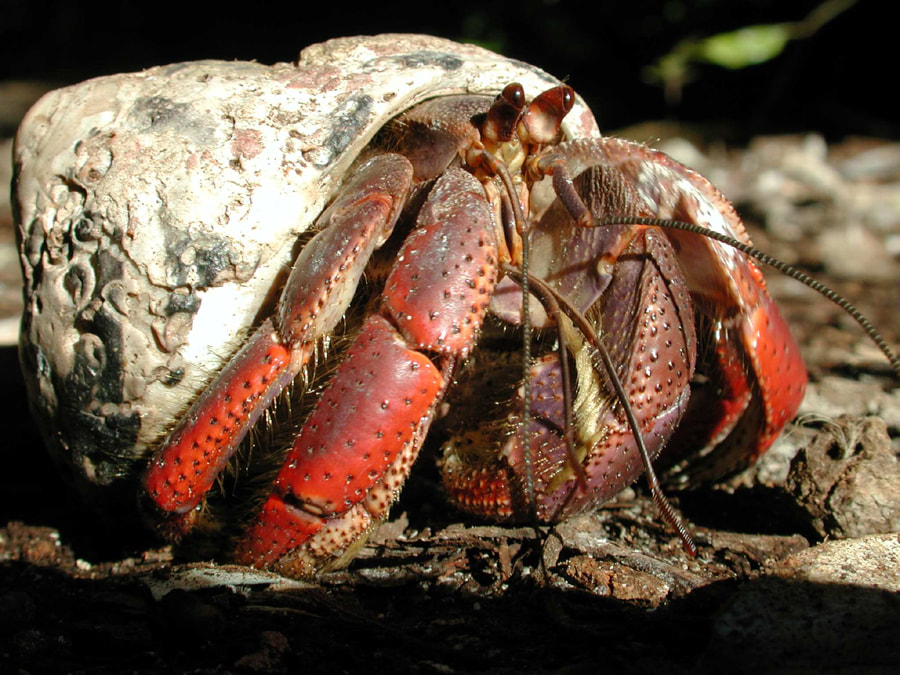
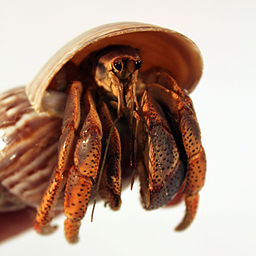
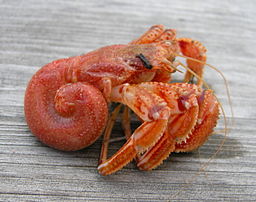
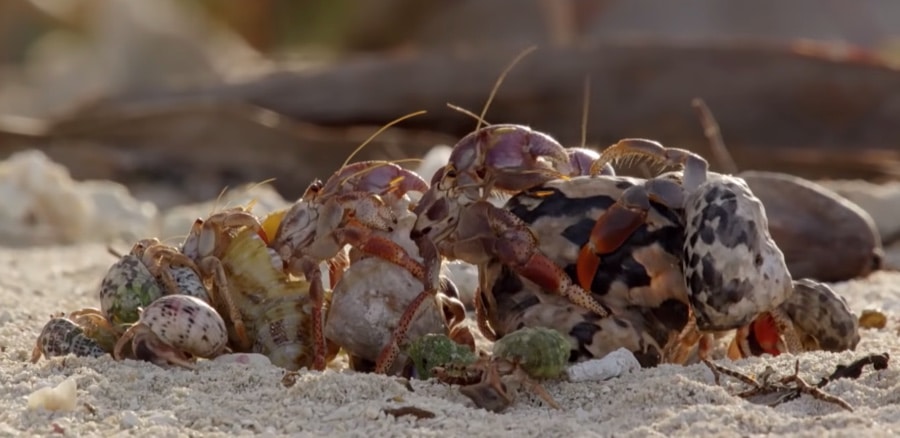
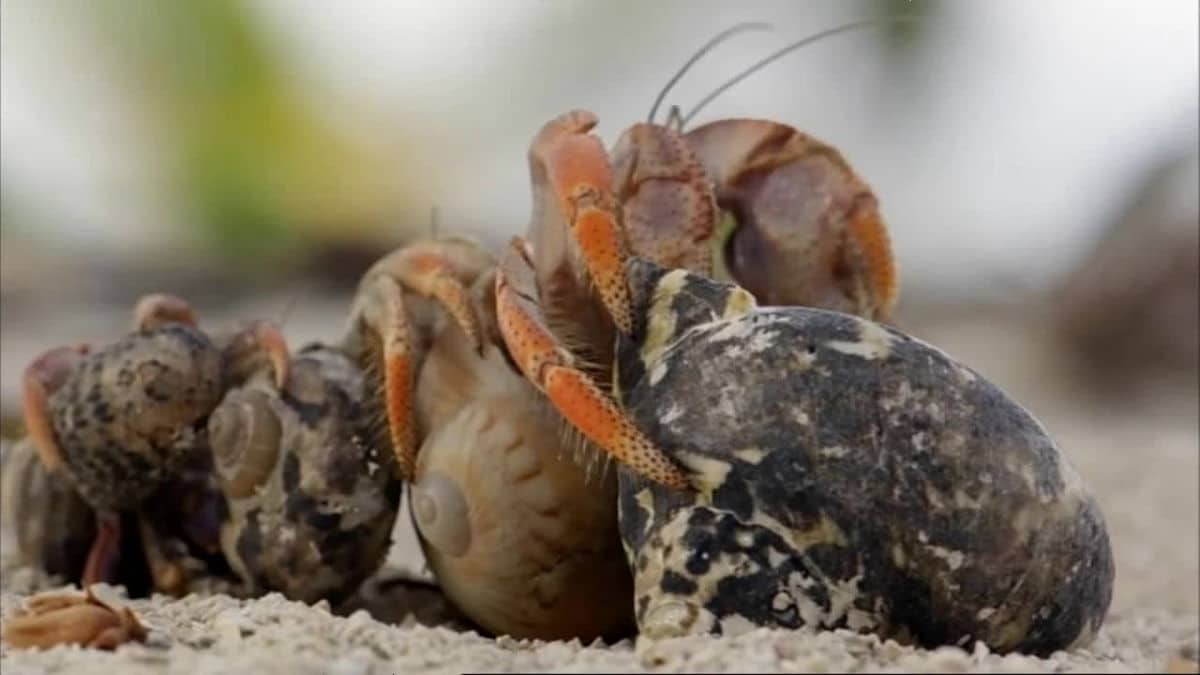
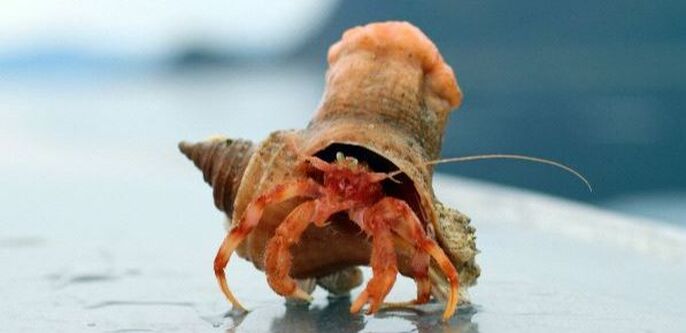
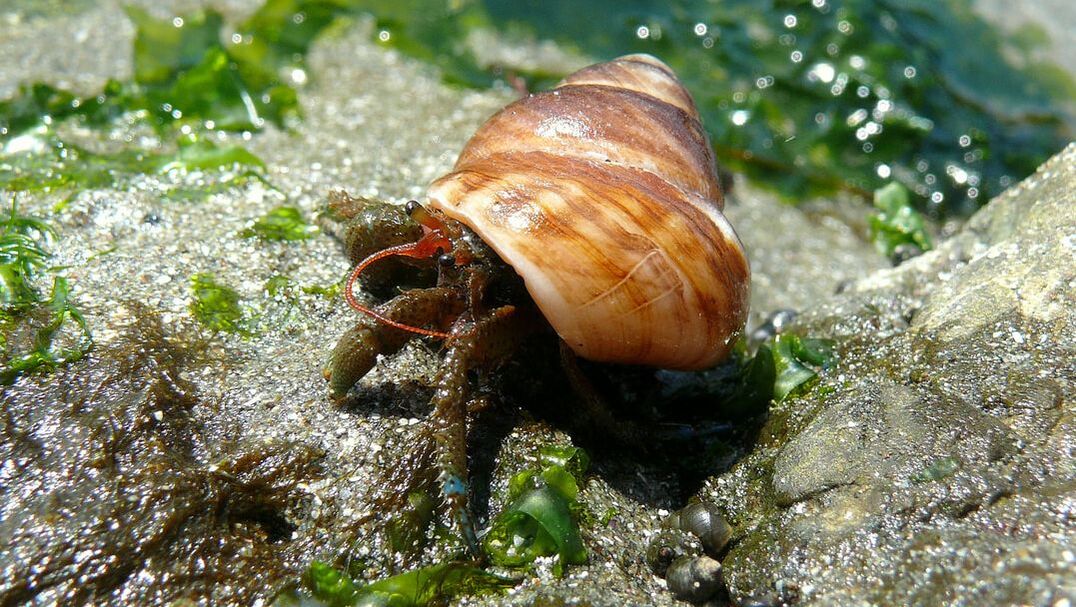
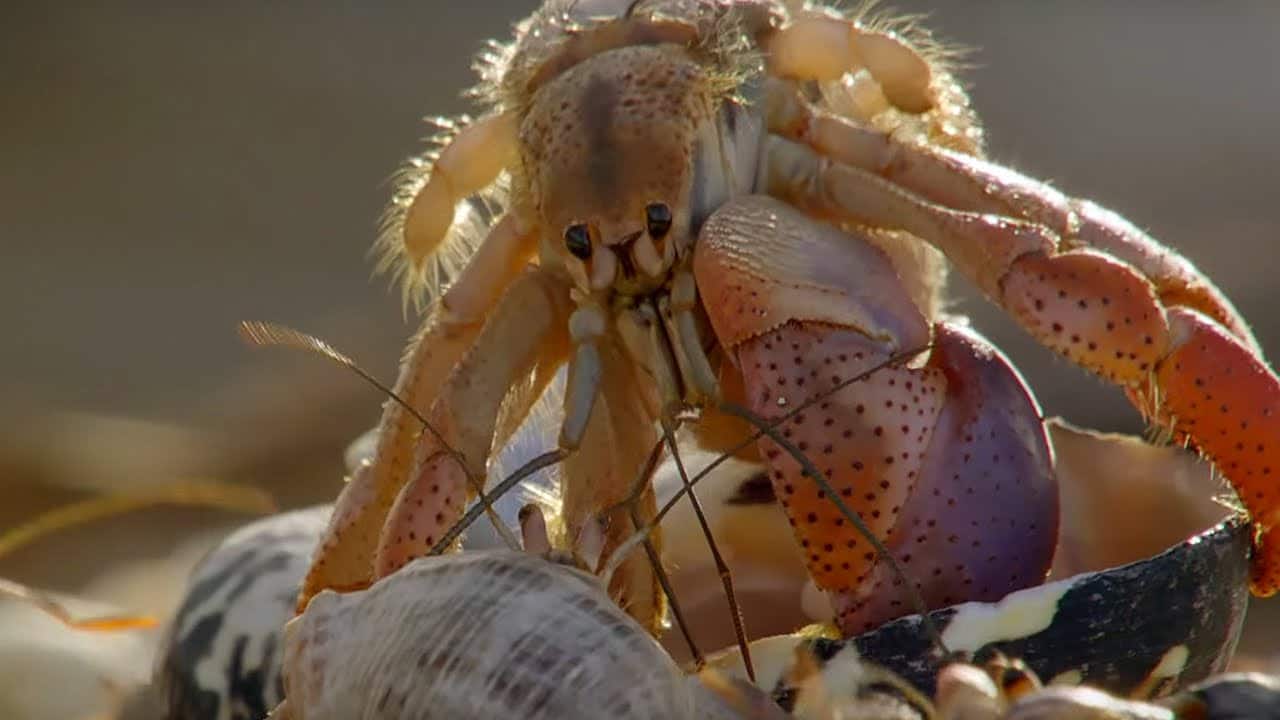
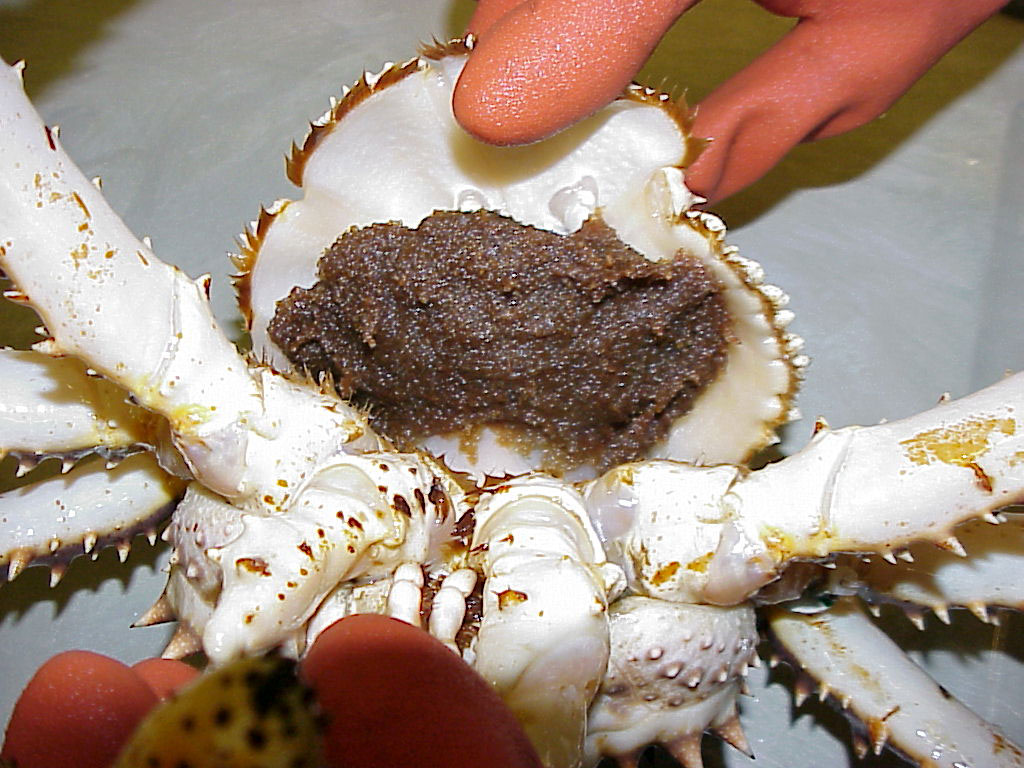
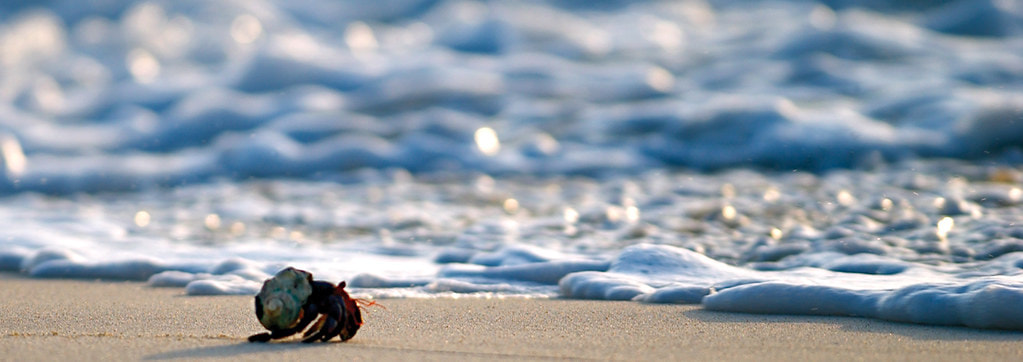


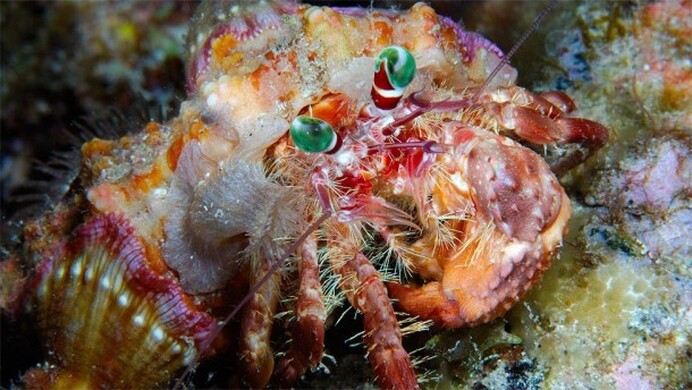
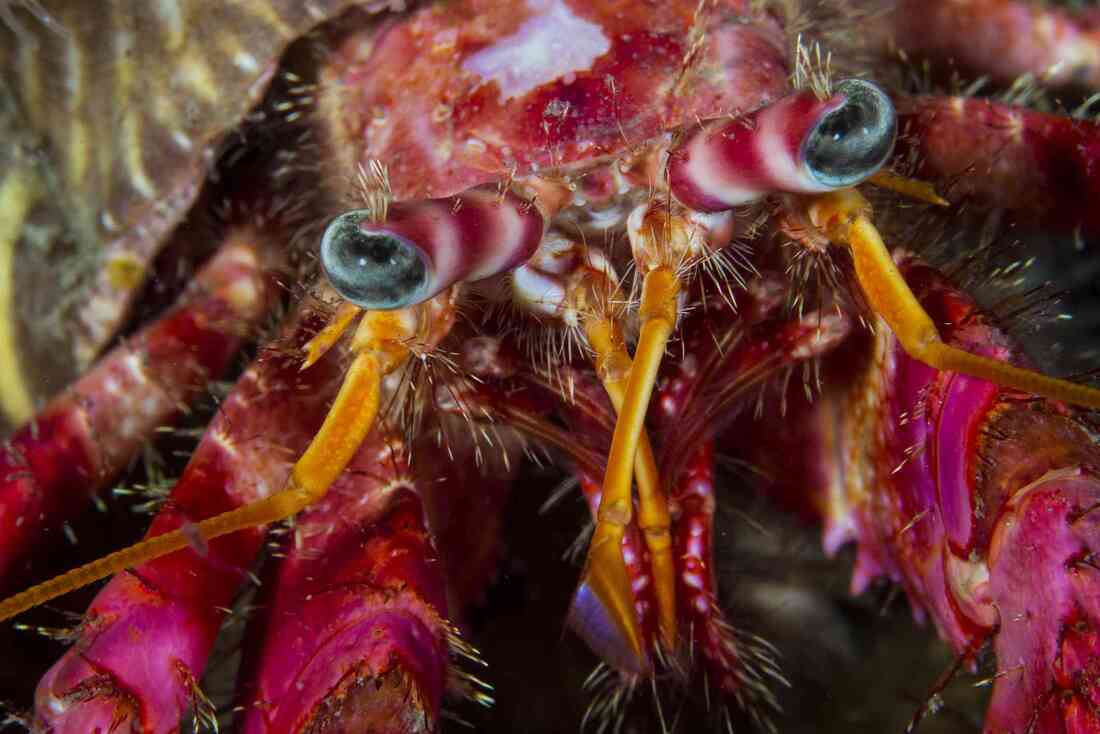
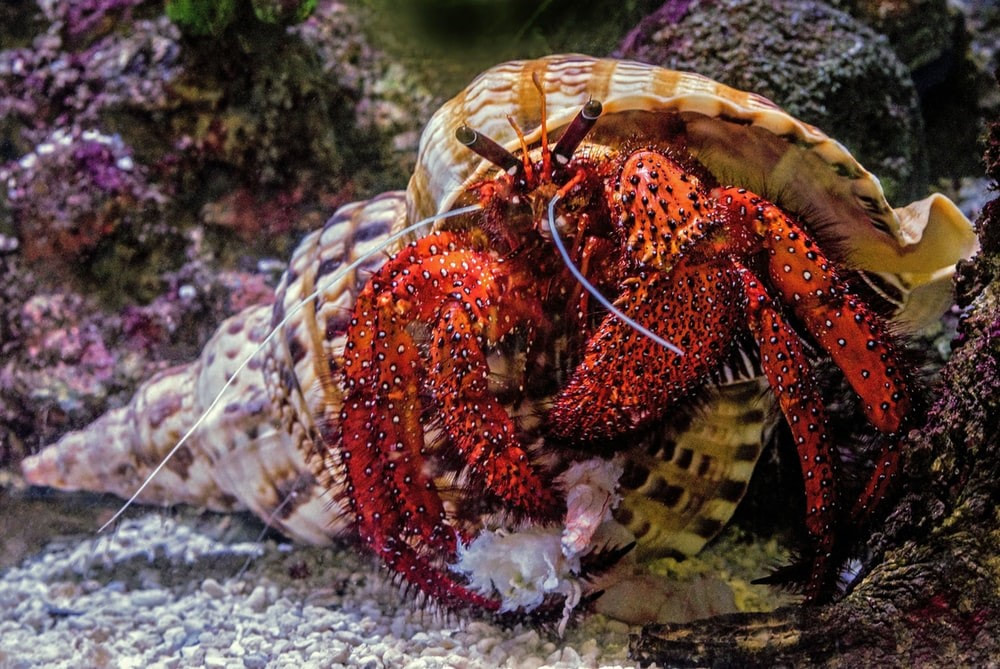
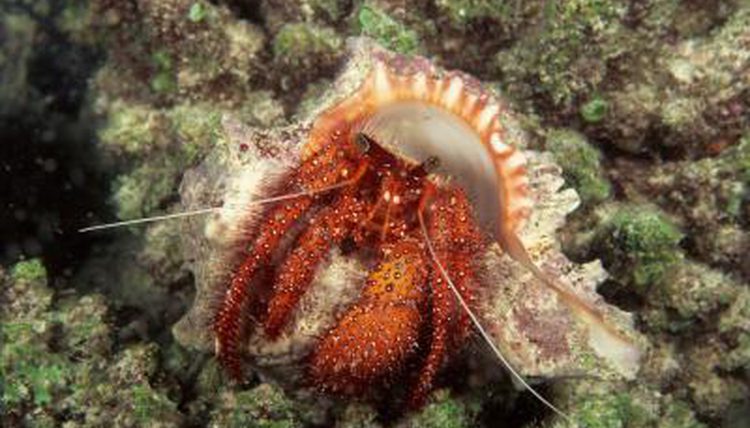
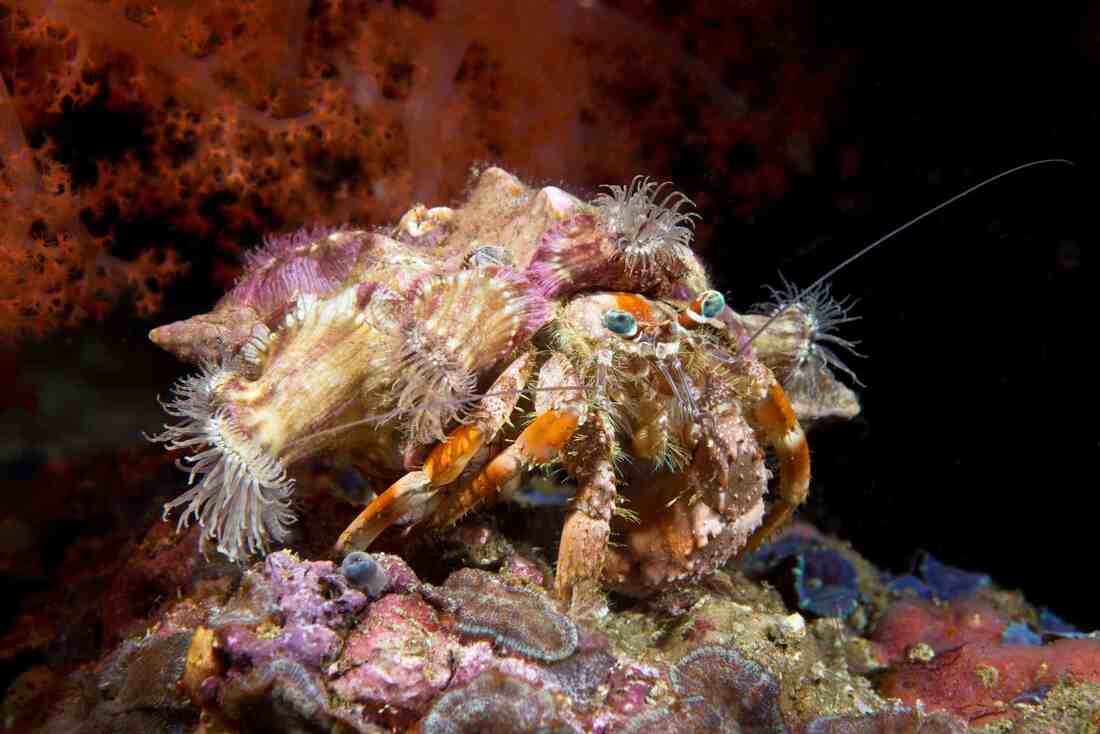
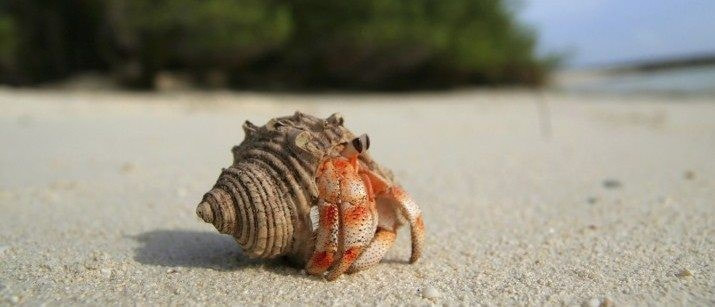
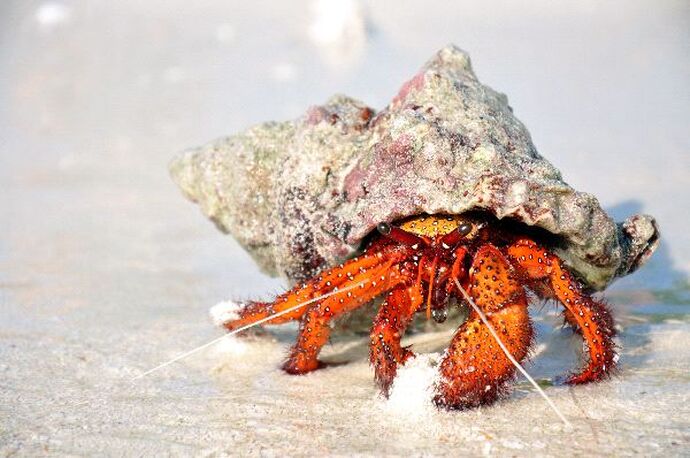
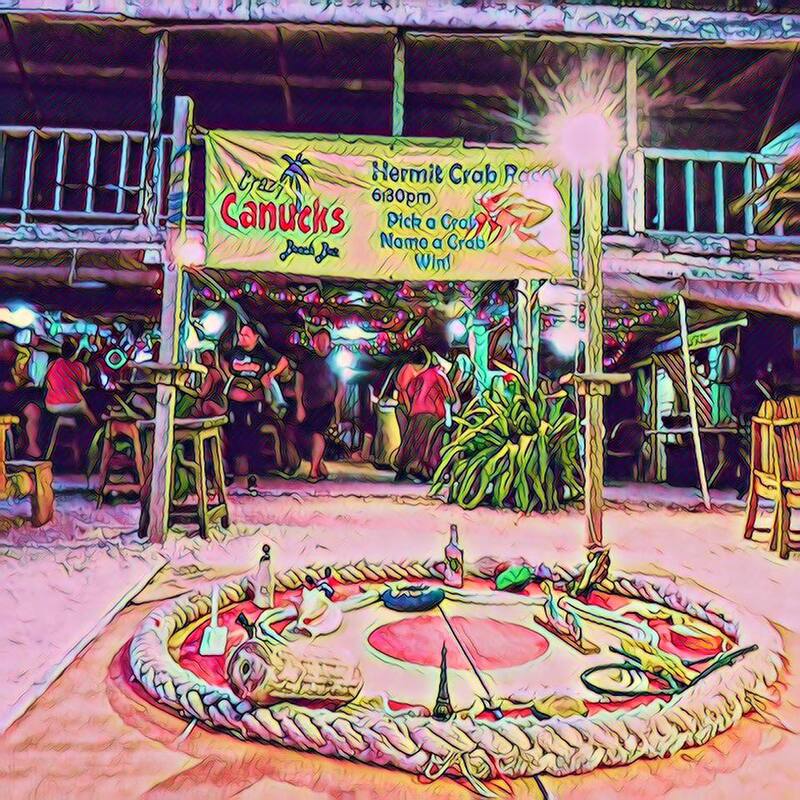
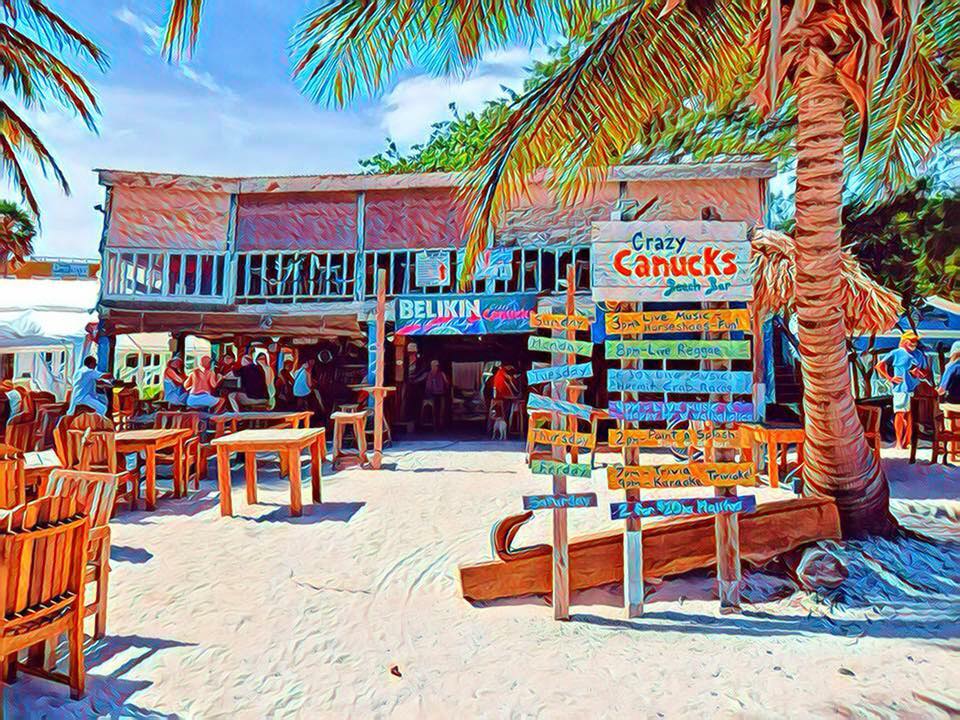

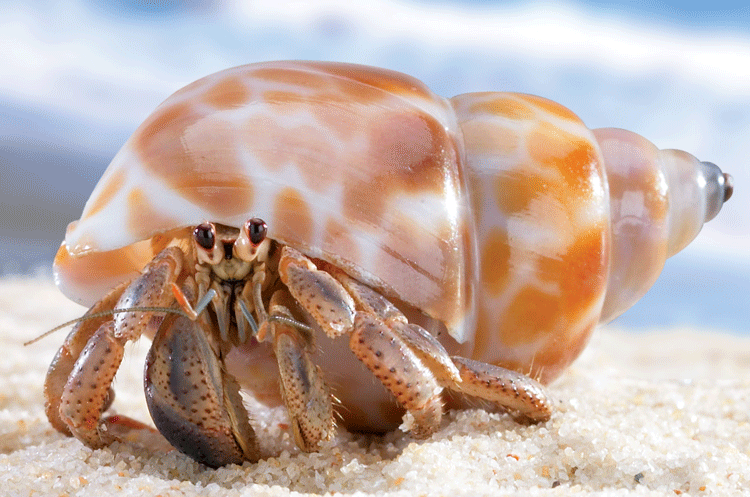

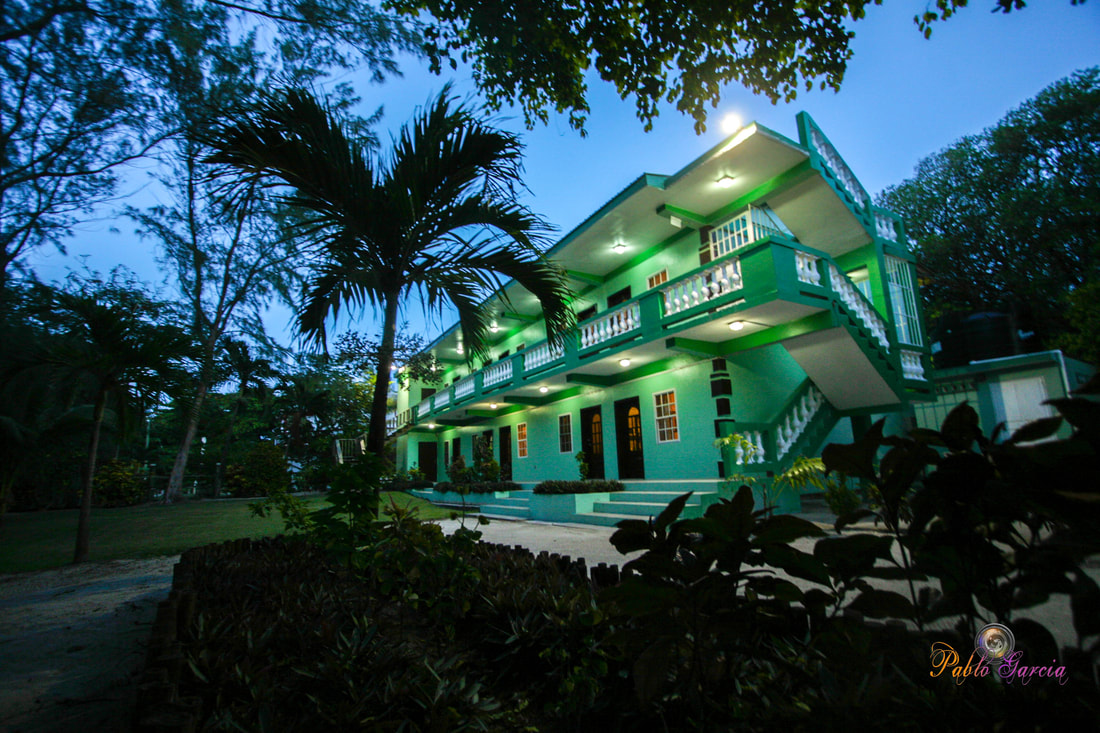
 RSS Feed
RSS Feed

